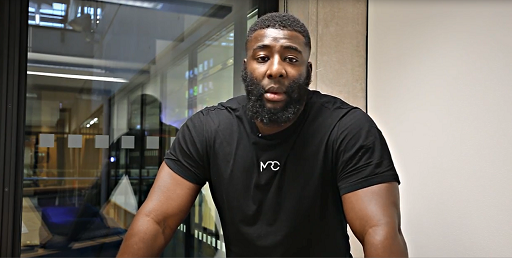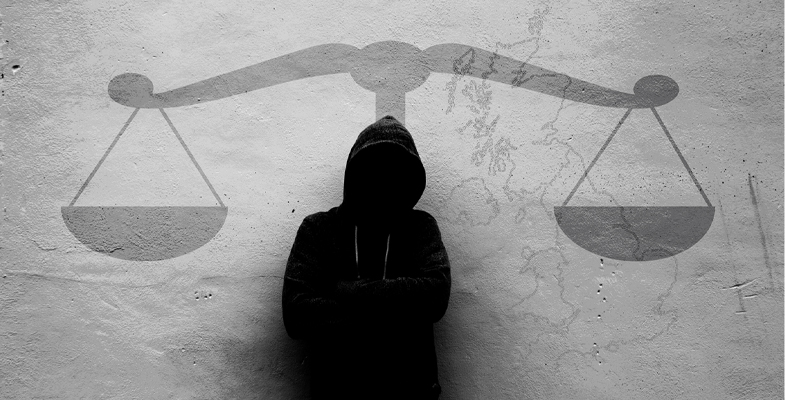4 New generations, new voices
In the early 1980s, there were relatively few academics from black and minority ethnic backgrounds writing about young people and crime. If you were young and black and in trouble, you were more likely to be written about and studied ‘as a social problem’ by white academics. Paul Gilroy’s (1987) landmark study ‘Ain’t no Black in the Union Jack’ focused on racism and nationalism rather than young people or crime, but it begins with how the issue was raised at the start of the twentieth century by the black American sociologist W.E.B. Du Bois (pronounced so it rhymes with ‘noise’). Du Bois said that wherever he went he encountered white people with a question on their lips:
Between me and the other world there is ever an unasked question: unasked by some through feelings of delicacy; by others through the difficulty of rightly framing it. All, nevertheless, flutter round it. They approach me in a half-hesitant sort of way, eye me curiously or compassionately, and then, instead of saying directly, How does it feel to be a problem? they say, I know an excellent colored man in my town; … or, Do not these Southern outrages make your blood boil? At these I smile, or am interested, or reduce the boiling to a simmer, as the occasion may require. To the real question, How does it feel to be a problem? I answer seldom a word.
Black and minority ethnic academics in the UK like Kehinde Andrews, Claire Alexander, David Olusoga, Coretta Phillips, Monish Bhatia, Anthony Gunter, Yasmin Gunaratnam, Craig Pinkney and Waqas Tufail, to name just a few, are now making sure that Du Bois’s question is both asked and challenged. In the next activity you can see some of it in action.
Activity 5 Speaking youth to justice
In this video Craig Pinkney talks about his ideas of using youth work to tackle some of the issues facing young people in the West Midlands.

Transcript: Video 2
The link referred to at the end of the video is this: ‘On Road’ Youth Work: Inside England’s gun crime capital [Tip: hold Ctrl and click a link to open it in a new tab. (Hide tip)] .
When you’ve watched the video, complete the following sentence:
Discussion
Pinkney describes how street-based youth work tends to be confined to day time or early evening work, based in certain centres. In contrast, his ‘on road’ approach attempts to offer services to young people around the times they are most likely to come into conflict with the law or be drawn into illegal and harmful behaviour, which is not always within office hours.
